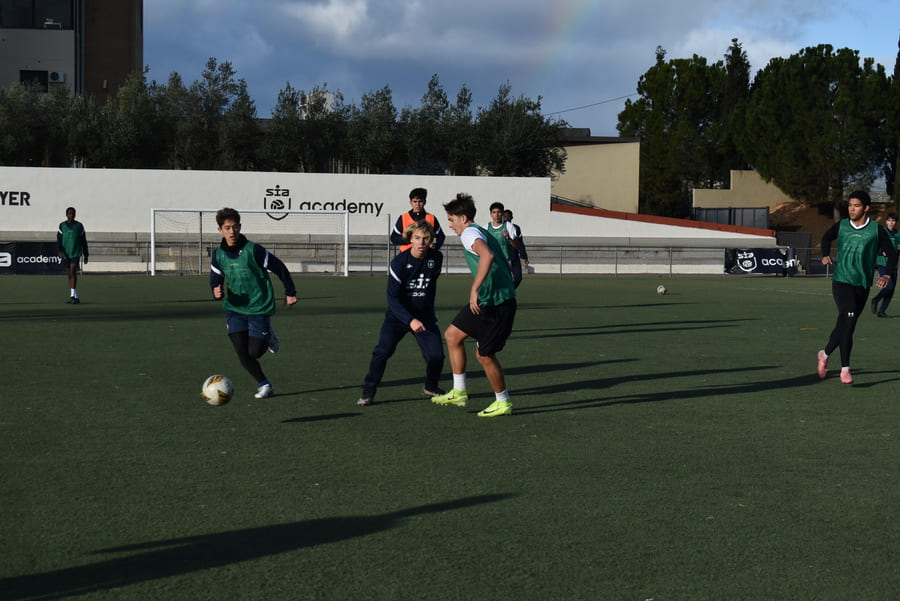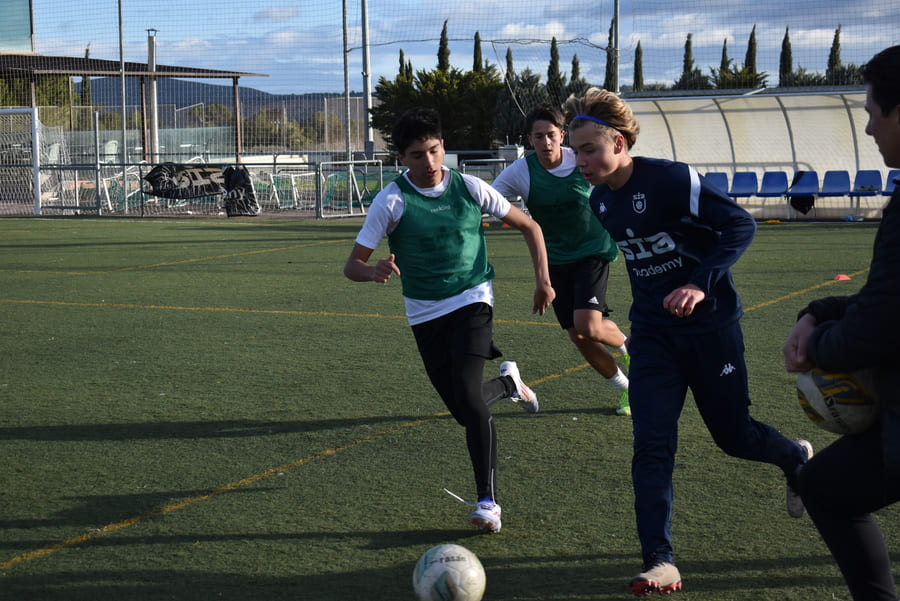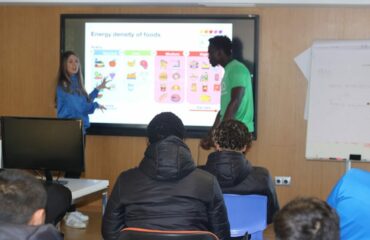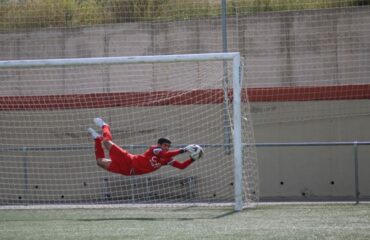In modern football, the difference between an average player and an outstanding one is not always about speed or physical power. The real difference lies in the ability to read the game quickly and make intelligent decisions. This is where peripheral vision comes into play, a skill that allows players to perceive what’s happening around them without directly looking at it.
At academies such as SIA Academy, this quality is trained with specific routines, because a footballer who expands his visual field not only plays faster but also plays better. Alain, one of the academy’s coaches, sums it up like this: “The player who learns to look beyond the ball manages to understand the game earlier than the others. That’s what we aim for in our training sessions.”
Here are the Top 5 simple and effective routines to improve peripheral vision on the pitch.
Table of contents
1. Constant scanning before receiving
The simplest habit and at the same time the most powerful. It consists of raising the head and looking to both sides before receiving the ball. At SIA Academy, this is worked on repetitively: each player must turn their head two or three times to scan the pitch before every control.
This exercise is introduced in basic passing drills and then progressed to rondos and possession games. The key is that the player learns to anticipate what to do before the ball even arrives at their feet.

2. Rondos with extra information
Rondos are one of the top exercises to improve peripheral vision. At the academy, while players maintain possession, the coach shows a number, a color, or a signal to one of the participants.
The player must say out loud what they have seen while continuing to circulate the ball. This method trains the ability to process external information without losing focus on the play. It’s a simple, dynamic, and very effective exercise.
3. Passing drills with body orientation turns
Another common routine at SIA Academy combines body orientation work with peripheral vision. Small squares are set up with four players at the corners and one in the middle.
The central player receives the ball and, before returning it, must turn their body towards a different teammate from the one who passed the ball, thus expanding their field of vision. This exercise develops the habit of always looking around before deciding the action, which is vital in positions such as central midfield.
4. Possession games with outside support players
In this type of drill, a small-sided game is organized with supporting players placed on the sidelines. The objective is that players must constantly look for those external options, which forces them to lift their heads and look beyond the nearest opponent.
This routine works on widening the player’s vision, since they must pay attention to both the nearby play and the passing options available on the flanks. It also improves decision-making in tight spaces.
5. Reaction drills with simple stimuli
No advanced technology is needed to stimulate peripheral vision. At SIA Academy, very simple commands are sometimes used, such as the coach calling out a color or number while the players are passing or dribbling.
The footballer must respond immediately to the stimulus without stopping the technical action. This trains the ability to respond to multiple stimuli at the same time, exactly as happens in a real match.
Benefits of these peripheral vision routines
Training peripheral vision with these simple routines produces clear improvements in a player’s performance:
- Anticipating plays: players read teammates’ and opponents’ movements earlier.
- Fewer mistakes: with more information available, they make safer choices.
- Mental speed: processing multiple stimuli in less time.
- Greater confidence: knowing what’s happening around them reduces pressure.
- Tactical improvement: each position benefits in specific ways, from defenders to strikers.
Alain confirms it clearly: “If a player only looks at the ball, he limits his game. When he learns to scan and use peripheral vision, every action becomes much more effective.”

The methodology of SIA Academy
At the academy, peripheral vision is not seen as an extra, but as a fundamental part of the player’s holistic development. Coaches design drills where technique, tactics, and visual perception work together.
Each position receives an adapted approach:
- Defenders train to watch runs behind them while tracking the ball.
- Midfielders learn to turn with their heads up, spotting pressure and passing options.
- Strikers work on perceiving teammates’ movements while keeping their eyes on goal.
- Goalkeepers improve their ability to monitor both rivals and teammates in crowded penalty areas.
Peripheral vision is much more than a training detail. It’s the foundation of intelligent, effective football. It doesn’t require sophisticated tools, just consistency in simple routines that train attention, scanning, and the ability to process information while moving.
At SIA Academy, this work is part of the academy’s identity. As Alain explains: “Technique can be taught, tactics can be explained, but peripheral vision must be trained every day. Only then can a player see earlier, think faster, and act more effectively.”
Applying these five routines with discipline transforms any footballer into a more complete player, capable of anticipating, deciding, and executing at the highest level.






